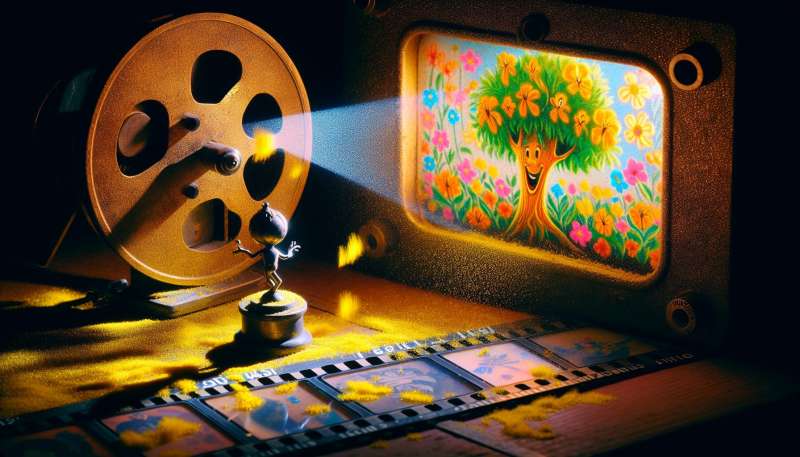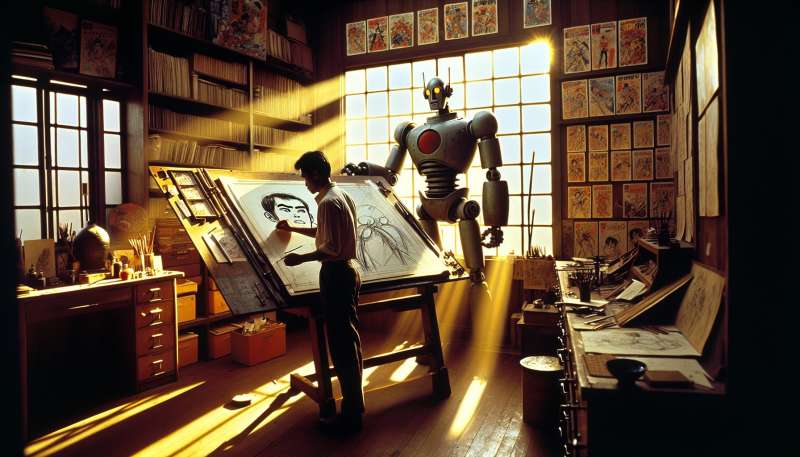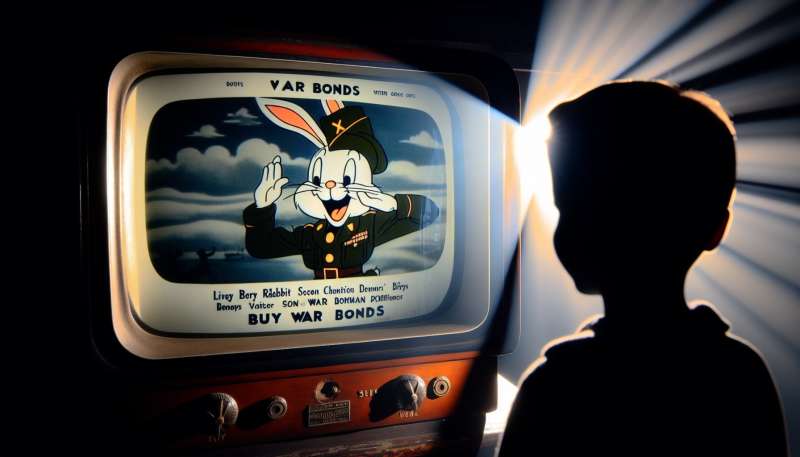
Cartoon Origins
The term 'cartoon' originally referred to full-size drawings used as a study for tapestries, paintings, or stained glass. The transition to humorous or satirical drawings occurred in the 19th century.
First Animated Cartoon
The first successful animated cartoon is 'Fantasmagorie' by Émile Cohl, created in 1908. This French animation is considered revolutionary, featuring a stick figure moving through various situations and transformations.
Mickey Mouse Debut
Mickey Mouse, created by Walt Disney and Ub Iwerks, made his first appearance in 'Steamboat Willie' (1928). This was one of the first cartoons with synchronized sound and marked the beginning of the Disney empire.
Technicolor Triumph
Color was first added to animated cartoons in the 1930s. Disney's 'Flowers and Trees' (1932) was the first cartoon in full Technicolor, winning an Academy Award and setting a standard for the industry.
Anime Emerges
Post-WWII Japan gave birth to anime, a term derived from 'animation'. Osamu Tezuka's 'Astro Boy' (1963) introduced many staples of anime, including large eyes and serialized storytelling.
Cartoons in Propaganda
During World War II, cartoons were used for propaganda, with characters like Bugs Bunny and Popeye promoting war bonds and military recruitment. These cartoons played a significant role in the American war effort.
Modern Digital Animation
Today, cartoons are often created digitally. Pixar's 'Toy Story' (1995) was the first fully computer-animated feature film, leading to a new era of animation technology and storytelling.
What were cartoons originally?
Satirical 19th-century drawings
Studies for tapestries and paintings
Early animated films
Company